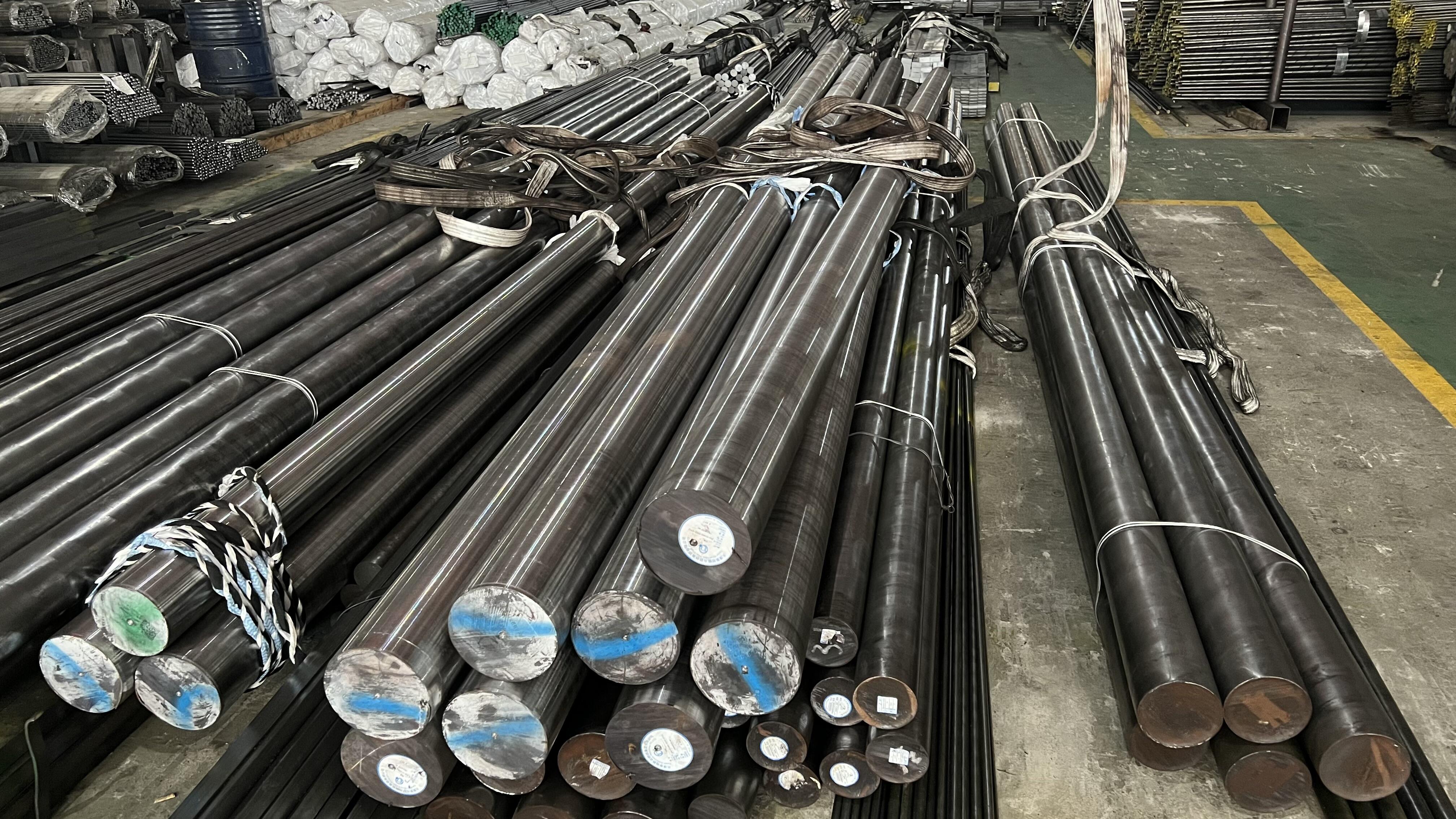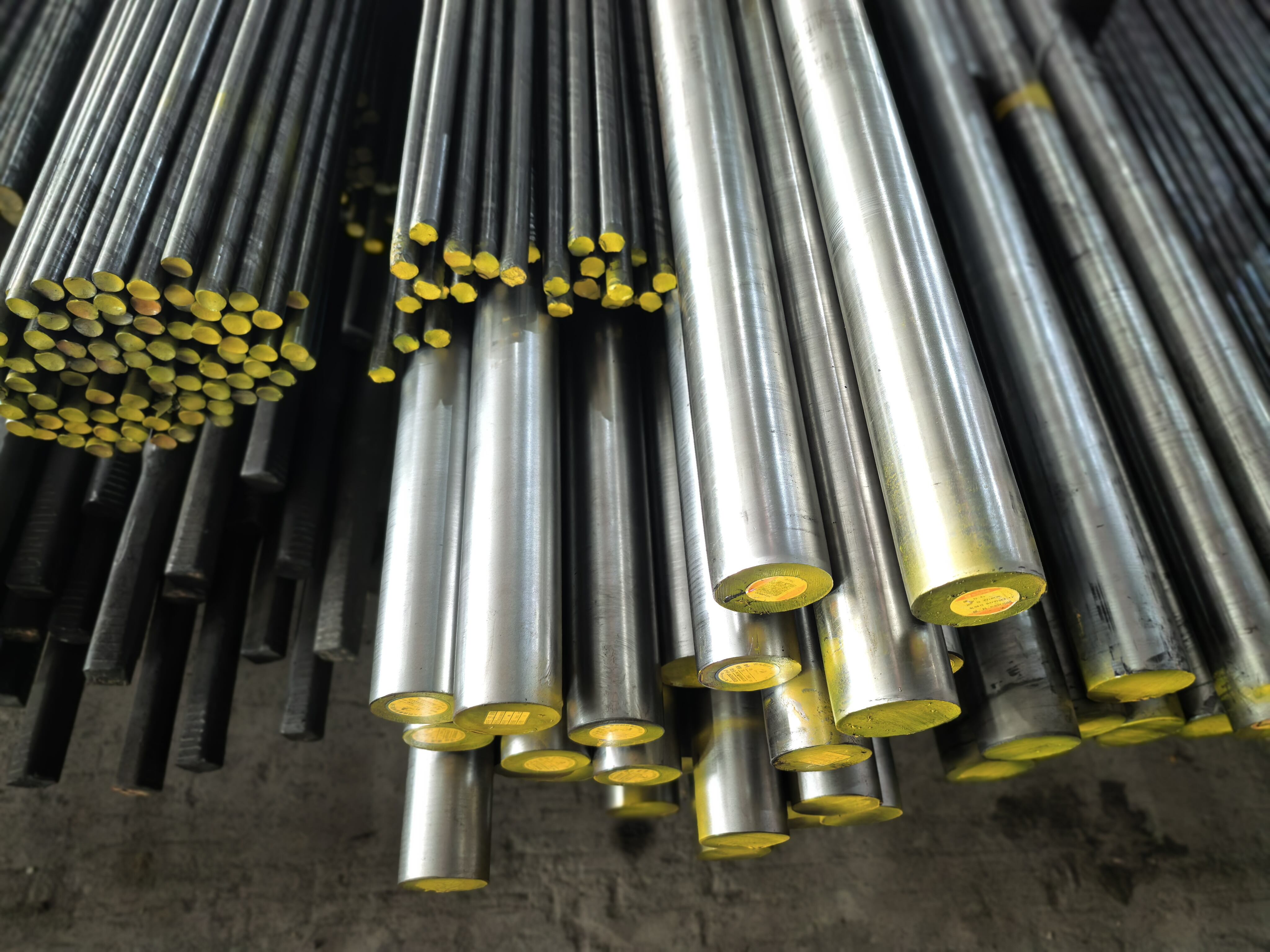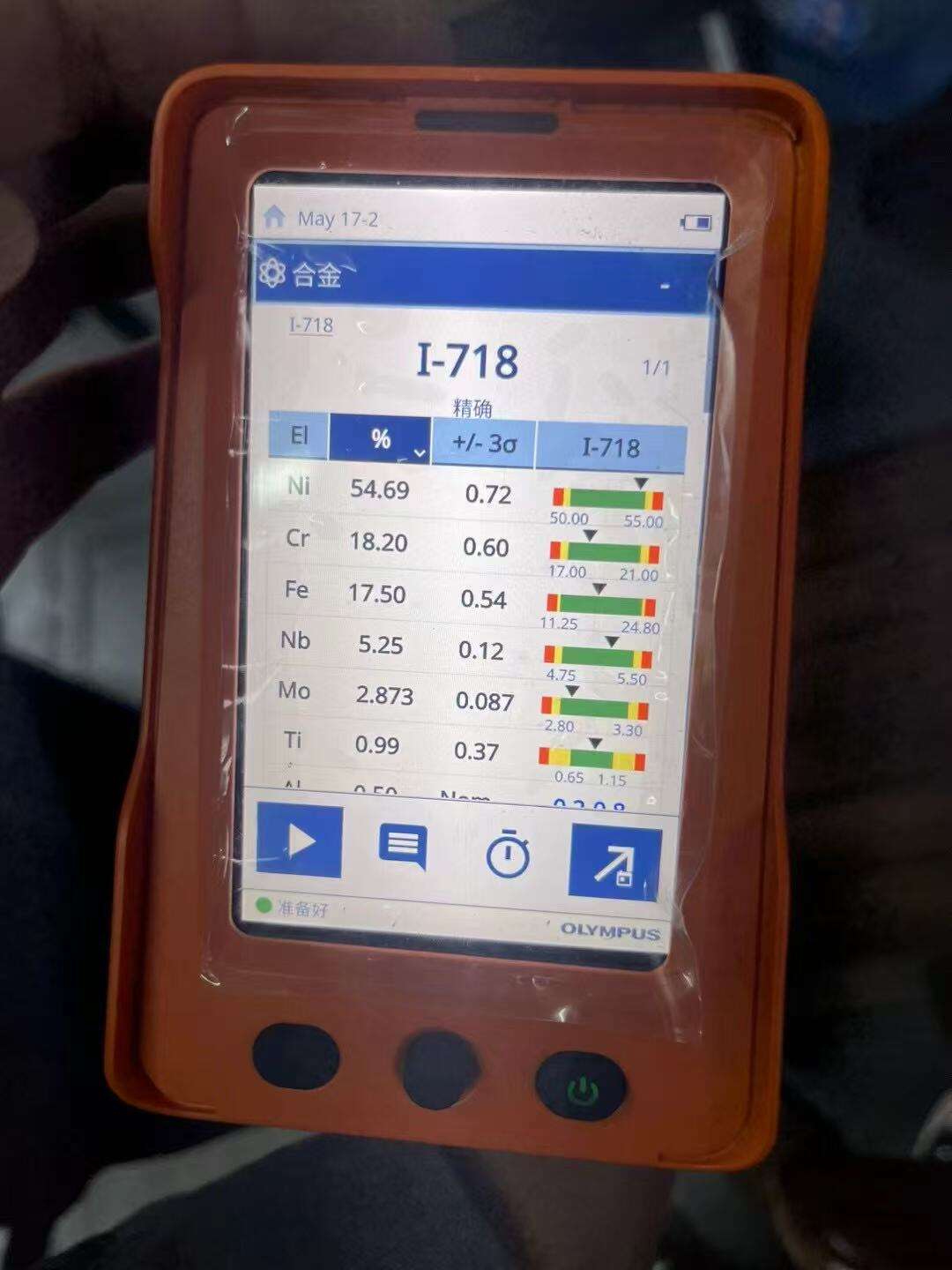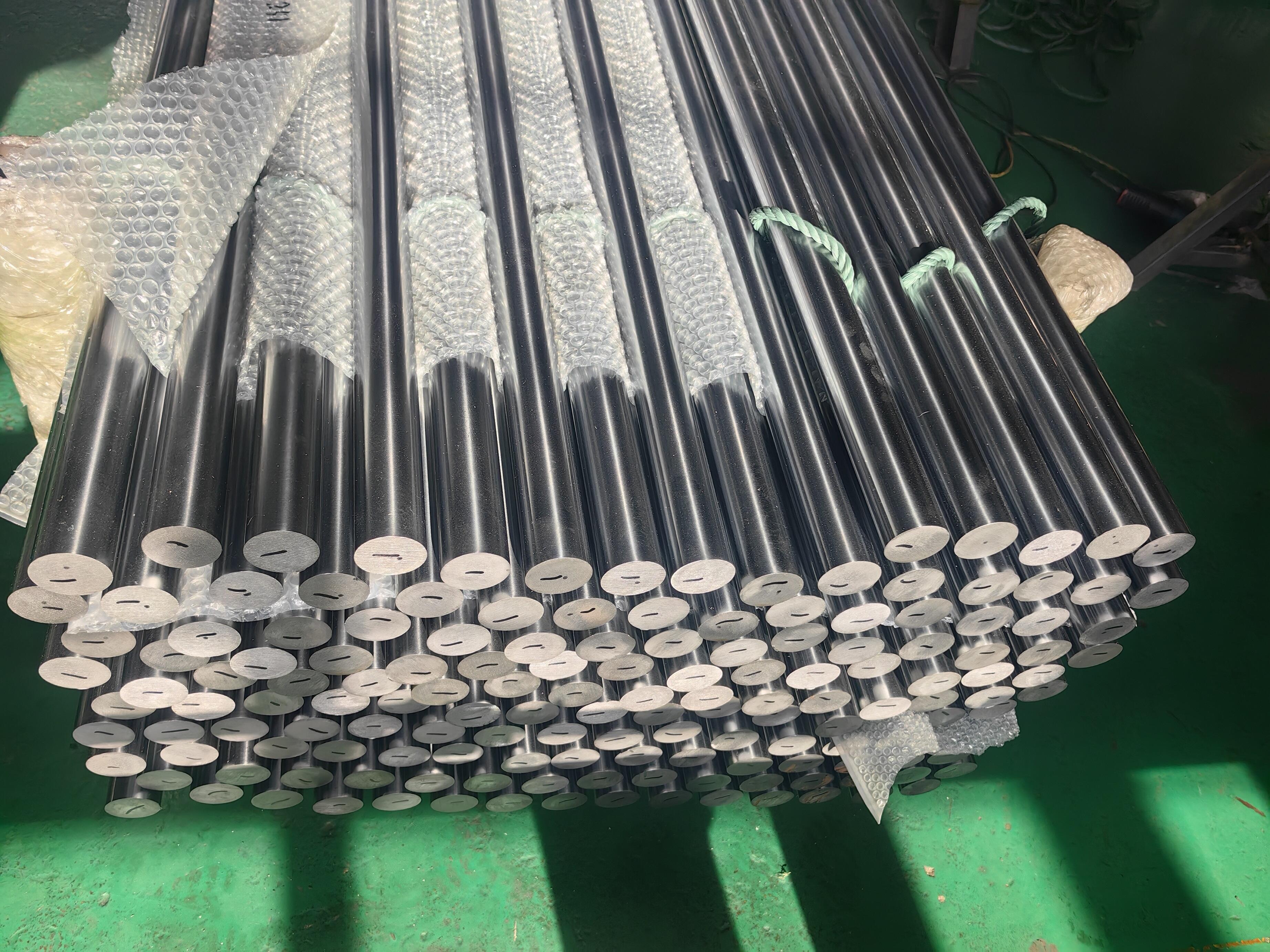high temperature alloys
High temperature alloys represent a specialized class of metallic materials engineered to maintain exceptional mechanical properties and structural integrity under extreme thermal conditions. These advanced materials are meticulously designed to withstand operating temperatures that would cause conventional metals to fail, making them indispensable in critical industrial applications. High temperature alloys primarily consist of nickel-based, cobalt-based, and iron-based compositions, each formulated with precise alloying elements to achieve superior performance characteristics. The main functions of high temperature alloys include providing reliable structural support in elevated temperature environments, resisting thermal degradation, and maintaining dimensional stability during thermal cycling. These materials excel in preventing creep deformation, which is the gradual deformation that occurs under sustained stress at elevated temperatures. High temperature alloys also demonstrate remarkable resistance to oxidation and corrosion, protecting critical components from chemical attack in harsh environments. The technological features of these alloys include exceptional strength retention at temperatures exceeding 1000°F, superior fatigue resistance under thermal stress, and excellent metallurgical stability. Advanced processing techniques such as powder metallurgy and directional solidification enable manufacturers to create high temperature alloys with controlled microstructures and enhanced properties. Applications for high temperature alloys span numerous industries, including aerospace propulsion systems where turbine blades and combustor components operate under extreme conditions. Power generation facilities utilize these materials in gas turbines, steam generators, and nuclear reactor components. Chemical processing plants rely on high temperature alloys for reactor vessels, heat exchangers, and piping systems that handle corrosive substances at elevated temperatures. Automotive applications include turbocharger components and exhaust system elements that must withstand thermal shock and mechanical stress.












